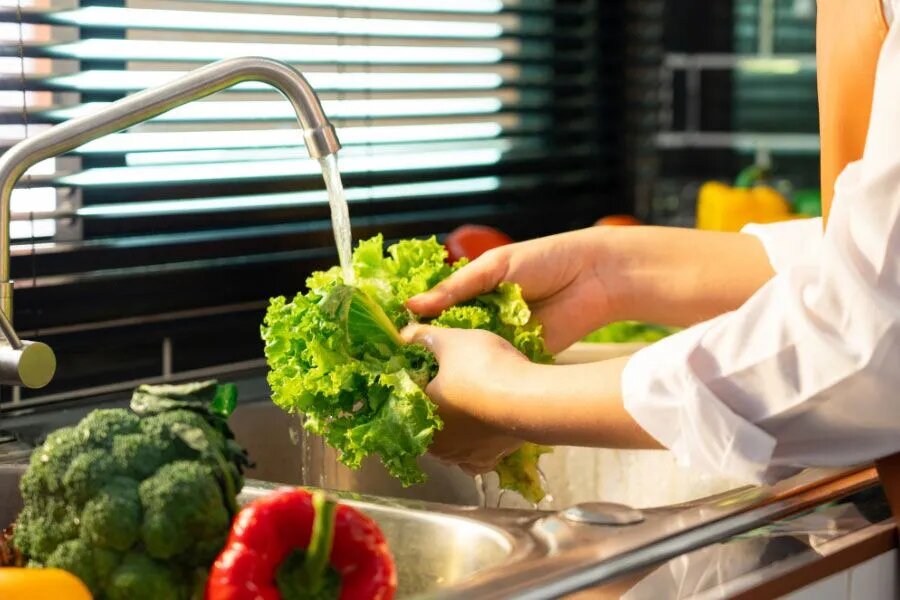Food safety is important because it keeps us healthy and prevents us from getting sick. We all love to eat tasty and safe food, but sometimes, there are hazards that can make our food unsafe. So, when we eat, we want to be sure that the food we’re consuming is safe to eat.
There are three types of food hazards that can make food unsafe. Think when you eat something, you want it to be safe and not make you sick, right? There are biological hazards, chemical hazards, and then we have physical hazards. Hazards are hidden dangers that can make us sick if we’re not careful.
So, to keep our food safe to eat, we need to find out for physical, chemical, and biological hazards. Understanding these hazards is the first step in making sure the food we eat is healthy and delicious.
Chemical Hazards

Food can become unsafe to eat when it contains harmful chemicals or contaminants. These hazards come from pesticides, additives, things that get into food during processing, and stuff from the environment.
How Chemical Hazards Can Make Food Unsafe
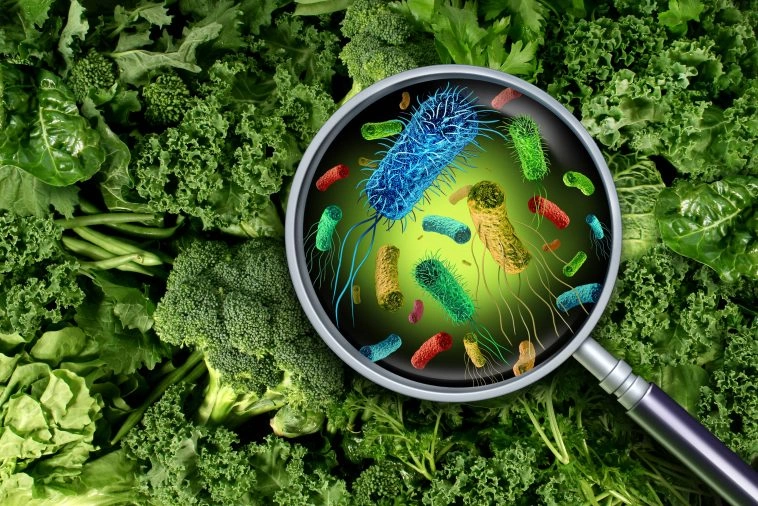
Chemical dangers can make food unsafe by adding harmful substances or toxins. When these chemicals get into our food, they can make us sick in the short term or over a long time. For instance, this could happen if there are too many pesticides, food additives, or heavy metals like lead or mercury in what we eat. These things can seriously harm our health.
Statistics of Food Safety Issues Related to Chemical Hazards
Many times, food safety problems have come up because of chemicals. Take, for example, when unauthorized chemicals are added to food or leftover pesticides on fruits and veggies. These issues have caused recalls and worried people about their health. Organizations like the FDA and the European Food Safety Authority (EFSA) regularly check and tell us about these harmful chemicals in our food.
1. Prevention Method
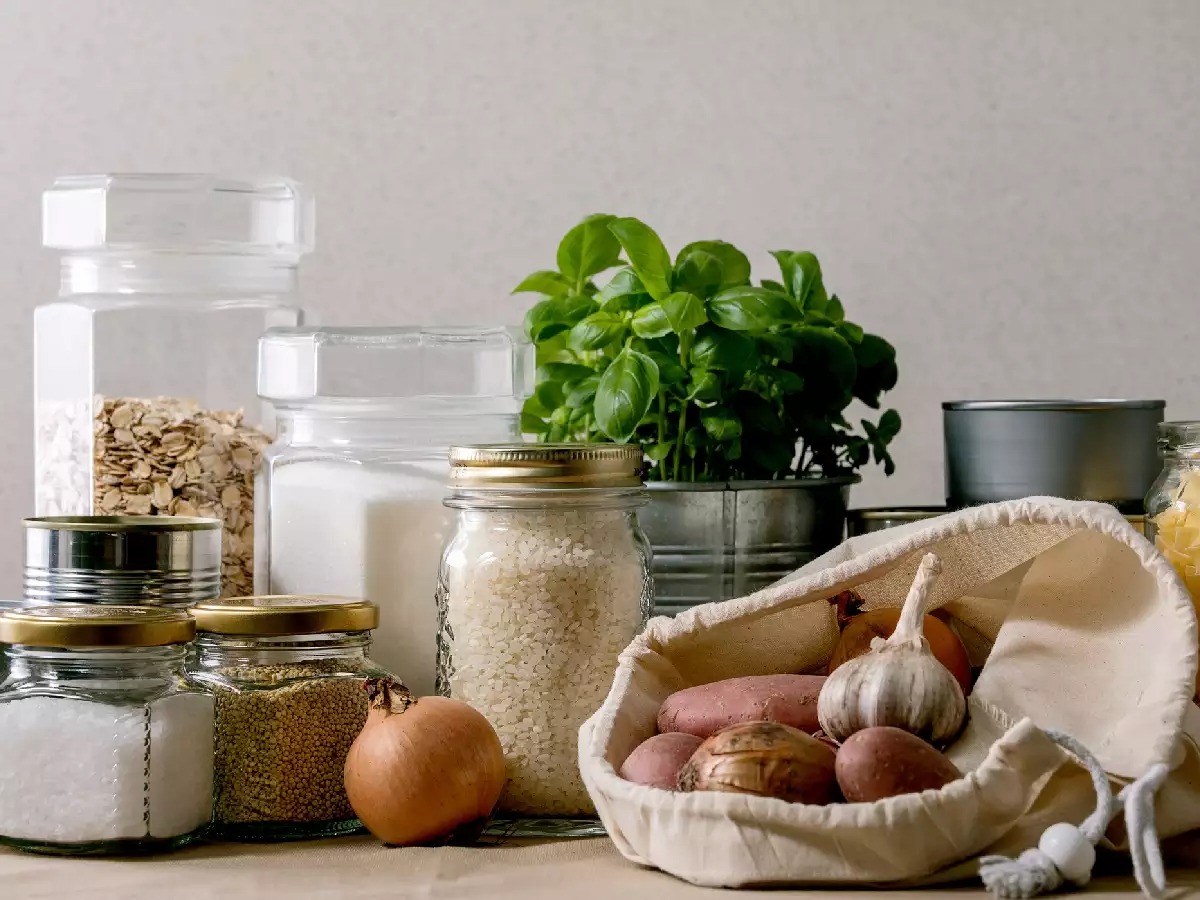
Awareness of Food Safety Standards on Chemicals
To keep yourself updated on food safety rules concerning chemicals, you ensure your food has no dangerous chemical stuff in it. This helps make sure that the food you buy is safe to eat.
2. Biological Hazards
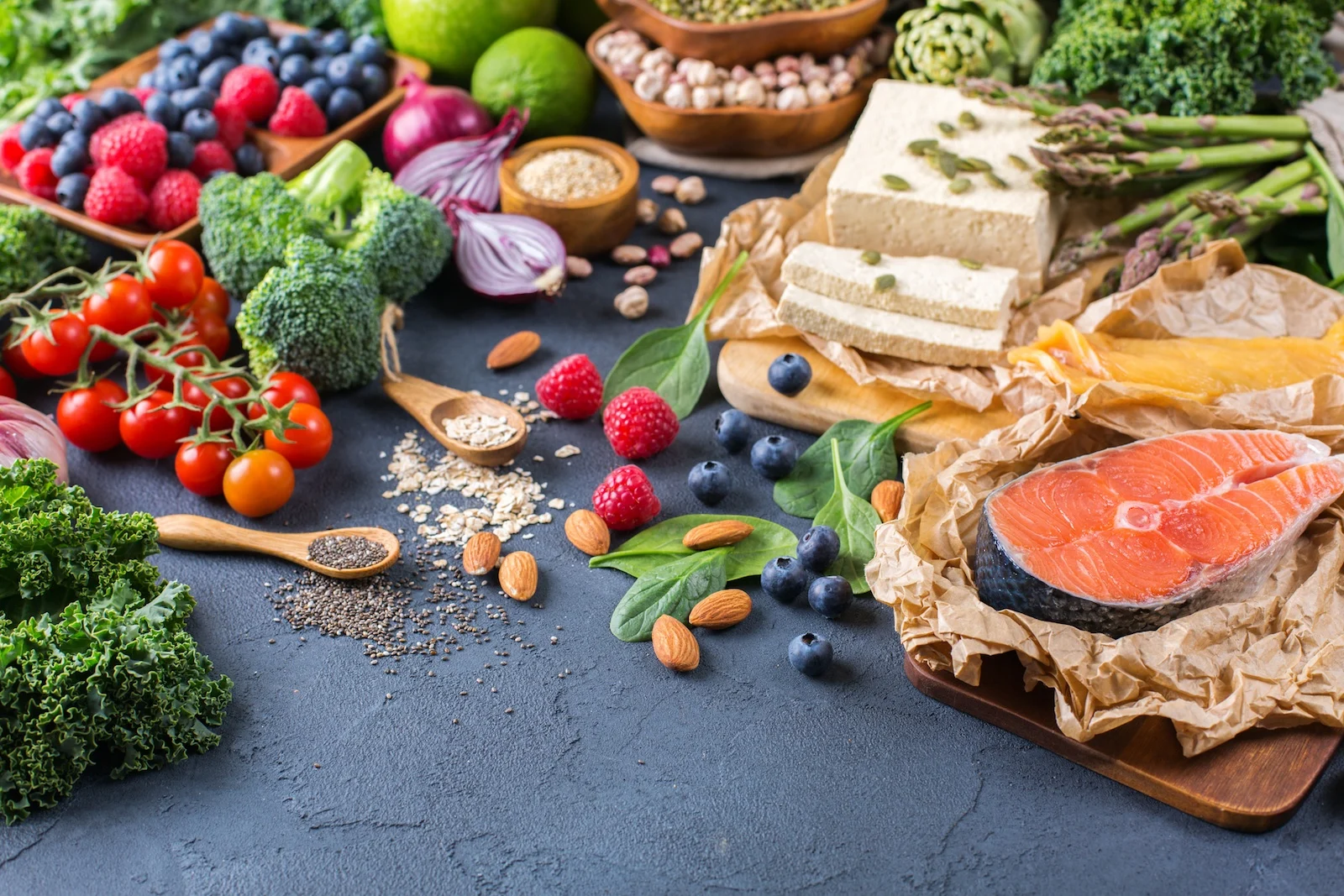
Biological hazards in food are all about harmful germs like bacteria, viruses, parasites, and fungi that can make you sick if you eat them. These germs are a big worry in food safety because they can make many people sick and cause serious health issues.
How Biological Hazards Make Food Unsafe
Biological hazards in food happen when tiny organisms grow inside it, making eating harmful. These tiny organisms can create poisons or infect the person who eats the food. This can cause sickness, throwing up, having diarrhea, getting a fever, and sometimes even needing to go to the hospital or, in the worst cases, dying.
Statistics of Food Safety Issues Related to Biological Hazards
Foodborne illnesses caused by germs in our food are a big problem. Every year, many people get sick from eating contaminated food, and many of these illnesses happen because of harmful germs. To give you an example, the Centers for Disease Control and Prevention (CDC) keeps an eye on outbreaks of diseases such as salmonellosis and Campylobacter infections.
1. Prevention Method
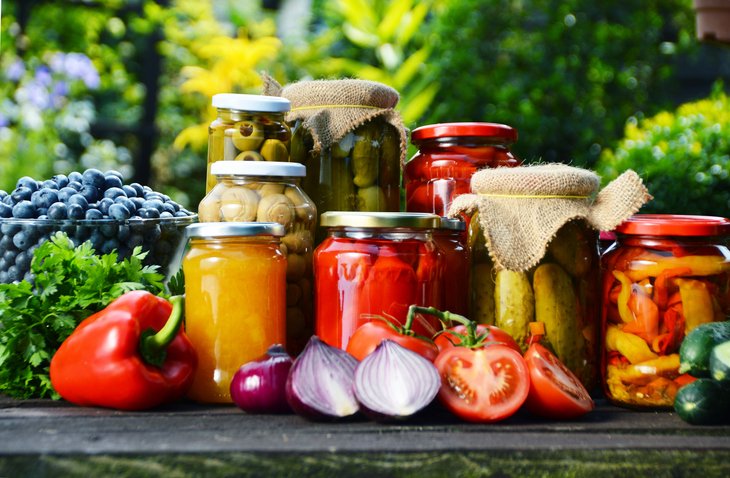
Practice Food Hygiene
It’s really important to handle food safely. This means you should wash your hands with handwash before and after touching food, make sure raw and cooked foods don’t mix, and cook food thoroughly to make sure it’s safe to eat.
2. Physical Hazards
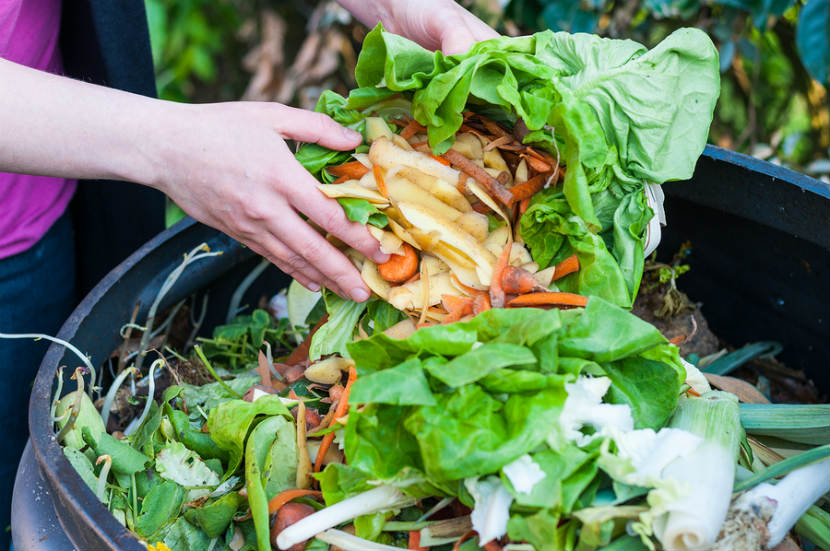
Physical hazards in food are things that shouldn’t be there, like objects or substances, that can accidentally end up in food when it’s being made, stored, or handled. These hazards are a big worry for food safety because they can really harm people who eat the food.
How Physical Hazards Can Make Food Unsafe
Physical hazards in food pose various risks. They can harm consumers, contaminate food, and create legal and financial problems for food producers. These hazards can be things such as broken glass, metal bits, plastic fragments, or wood splinters that accidentally end up in food.
Statistics of Food Safety Issues Related to Physical Hazards
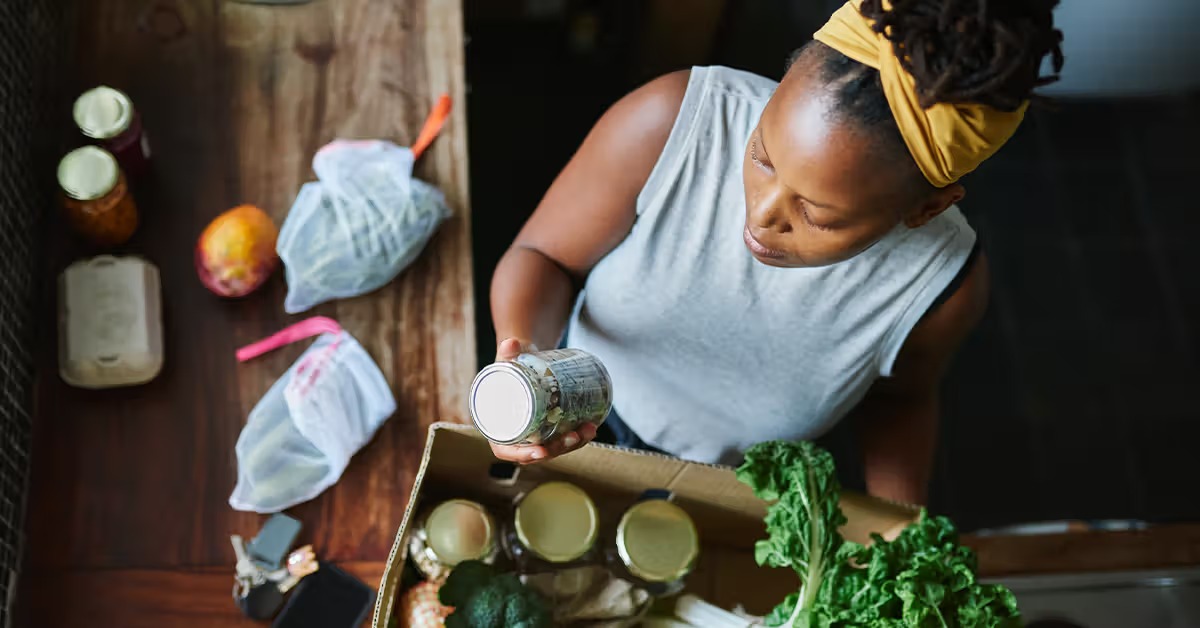
Physical hazards in food happen quite often. The Food and Drug Administration (FDA) and other government groups keep records of things found in food that shouldn’t be there. This can make companies have to take their products off the market, get sued, and lose customers’ trust.
Prevention Method
Perform a complete inspection of raw materials, ingredients, and finished products to ensure safety. Use visual inspections and physical checks to find any foreign objects before they can reach consumers.
Conclusion
All in all, we have learned about three types of hazards that can make food unsafe. These hazards are things that can harm our health when we eat contaminated food. Biological hazards are tiny germs such as bacteria, viruses, and parasites. Chemical hazards are substances that can sneak into our food. These might be cleaning chemicals, pesticides, or even natural toxins in some foods.
Consuming food with these chemicals can lead to health problems. Physical hazards are things you can see and touch. To stay safe, we must handle food carefully and cook it well. This way, we can enjoy our meals without worrying about getting sick.
So keep food clean and cook it right; that’s the recipe for safe and tasty meals!
Be sure to check out these other posts for more fascinating insights:

